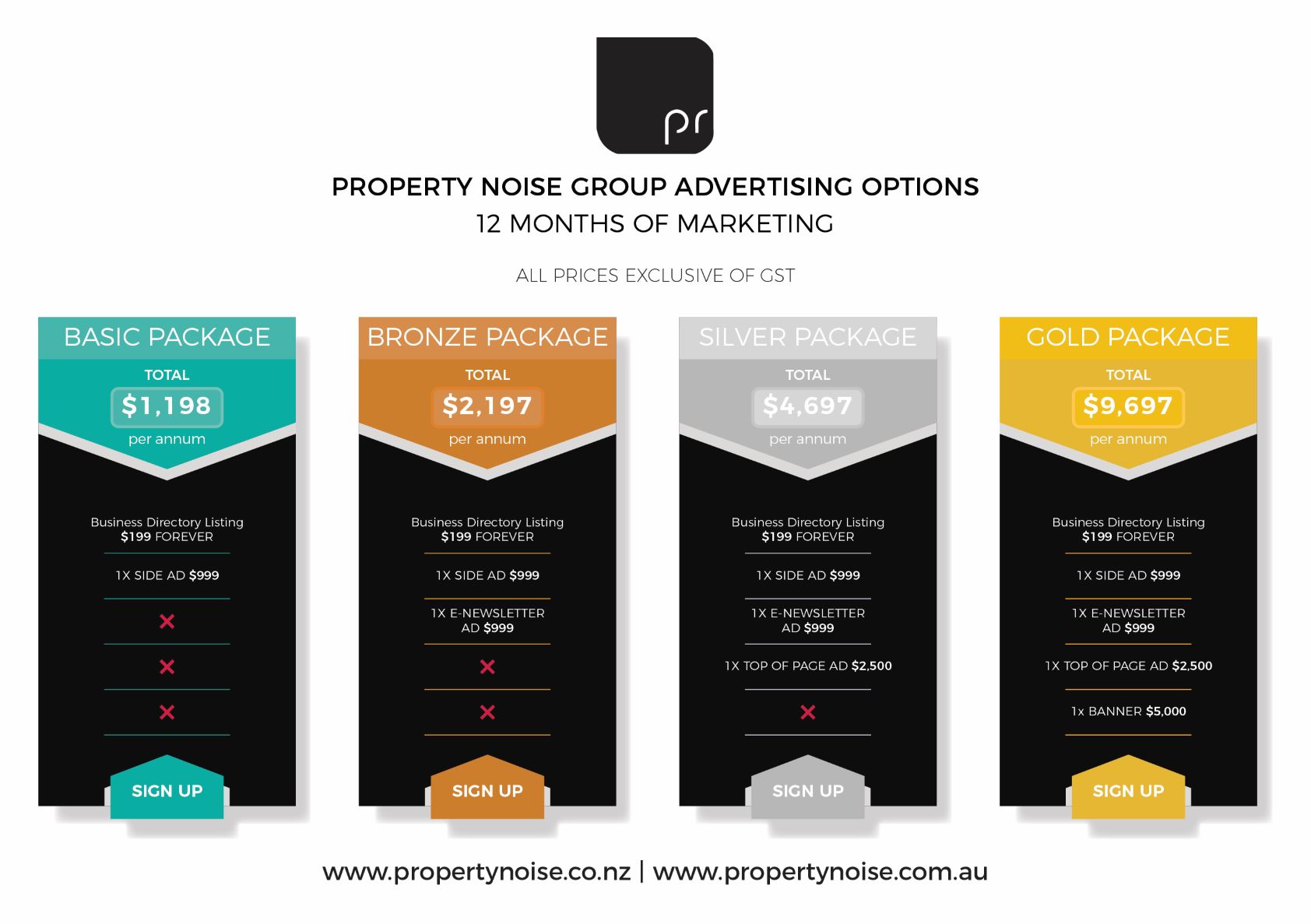PHOTO: FILE
📊 Despite recent drops in home loan interest rates in New Zealand, are Kiwis really getting the best deals compared to the rest of the world? A fresh comparison reveals some surprising differences in how countries handle mortgage lending — and it’s more complex than you might think.
🏡 Rates on the Move in NZ
New Zealand banks have begun trimming their home loan rates, with some dipping below the symbolic 5% mark. ANZ is now offering a two-year fixed mortgage rate of 4.99%, responding to the Reserve Bank’s 3.5% official cash rate and softening wholesale lending costs.
But how does that compare globally? Let’s take a look:
🌎 Global Home Loan Rate Comparison Table – April 2025
| 🇨🇳 Country | 💵 Fixed Term | 📉 Interest Rate (%) |
|---|---|---|
| 🇳🇿 New Zealand | 2-Year Fixed | 4.99 |
| 🇦🇺 Australia | 2-Year Fixed | 5.74 |
| 🇬🇧 United Kingdom | 2-Year Fixed (FHB) | 4.25 |
| 🇺🇸 United States | 30-Year Fixed | 6.70 |
| 🇺🇸 United States | 15-Year Fixed | 5.96 |
| 🇫🇯 Fiji | 1-Year Fixed | 3.95 |
| 🇨🇦 Canada | 3-Year Fixed | 4.29 |
| 🇸🇪 Sweden | 2-Year Fixed | 3.49 |
| 🇯🇵 Japan | 10-Year Fixed | 1.89 |
📈 What’s Driving the Differences?
💬 “Every market is different,” says Kelly Eckhold, Westpac’s chief economist. Fixed vs. floating rates, capital requirements, and banking culture all play a role.
-
US homeowners love long-term stability — 30-year fixed loans are the norm.
-
Australia leans heavily on floating rates, with banks offering high returns on savings.
-
UK loans tend to be tied directly to the Bank of England’s base rate.
-
New Zealand is unique: floating rates have huge margins, so 90%+ of borrowers go fixed.
💼 Squirrel CEO David Cunningham adds that bank capital rules drive up NZ’s rates. Kiwi banks must hold more capital than most other countries, increasing the cost of lending.
📊 Infographic: Mortgage Trends by Region
🔍 Bottom Line
New Zealand’s home loan rates are dropping — but structural factors like stricter bank capital rules and a preference for fixed-rate lending mean Kiwis still pay more than some global peers. It’s not just about the number — it’s about how the game is played.
SOURCE: RNZ












